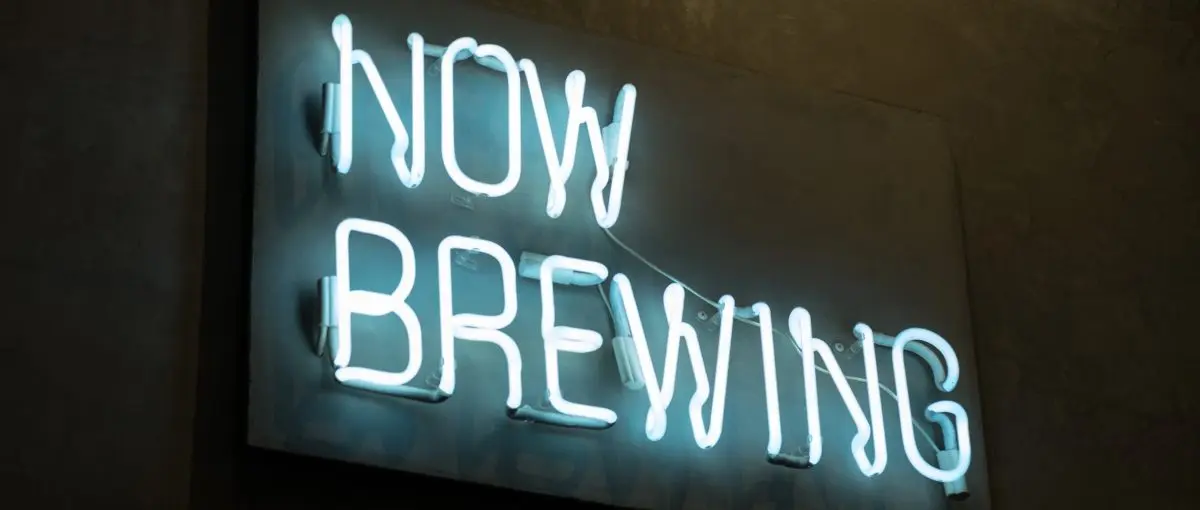Beer brewing
The Varnish Software team consists of an avid group of beer brewers. So team building is easy in our company. We simply organize an afternoon of brewing.

Varnish Software: The brew identity
We’re an intense but chill group of smart, creative people. Maybe this sounds like a bundle of contradictions, but isn’t defiance where the greatest ideas bubble up and brew?
We think so. We are always dreaming up new stuff, coding the hell out of things, to deliver performance. Developing software and tools that work and deliver results involves craftiness, creativity, patience, testing, trying and releasing… and a constant flow of ideas and improvement.
When we’re not building software, though, there’s a lot of creative energy we like to use on our other big passion: beer brewing.
Software development and brewing have a couple of things in common. They are both very process-intensive crafts with room for style and creativity. Any parallels are purely coincidental – we don’t brew to create better software. But the parallels probably lead us to be the kind of people who like the brewing and creative process.
And, like most people, we love to have fun and the social bond of brewing brings us together and gives us something cool to share as a company.
How the Varnish brew grew
Somewhere in the storied past, we had an employee who was a home brewer. Sometimes he brought a keg of his home-brewed ale to company cabin trips. This piqued everyone’s interest. We’re a curiosity-fueled bunch.
This coincided with the global craft beer craze, which made brewing equipment widely available and accessible. This opened the door to our own Varnish brew crew.
The Varnish brew and crew debuts
2014, we kicked things off. It’s been experimental and fun, and we have been – as we always do – learning as we go.
Our engineers and marketing departments have been active in brewing sessions, which have led to some different beer styles and tastes – everything from popular lagers, IPAs and pale ales to niche-style sour beers that require between two months to a year of fermentation. Inspiration comes from everywhere – a lot like with software development.
We brew about once a month, depending on interest, and we can brew up to 50 liters (15 gallons) in a single batch.
Let the brew ensue
Apart from taking advantage of the opportunity to create and enjoy something together, we also like to invite other tech companies in Oslo to join us in brewing. It’s a great way to foster the tech community and get a feel for who the other companies in our field are. It forms a good, informal ground for getting to know people in an active, fun environment.
A behind-the-scenes view on the brew
When we started out, we were using a brew-in-a-bag (BIAB) setup doing 25-liter (6 gallons) batches, quickly expanding to 50-liter batches. But we learned that BIAB doesn’t really work well for bigger batches. We switched to three-vessel brewing when we’re doing 50 liters. We do infusion mashing in a 90-liter insulated steel kettle. Our equipment collection is growing as our brewing becomes more advanced. Even this is a bit DIY in nature – for example, we use a 3.5kW induction cooker as our heat source, but we need to add some extra oomph (another 3.5kW element) to bring 60 liters to a boil in a reasonable amount of time. We also have a homemade counterflow chiller and a modified fridge (to use as a fermentation chamber).
With the finished product, we typically keg some of the beer and bottle the rest.
Brew for you?
Here’s one of our favorite recipes – maybe you will try it out and like it, too. Or share some of your favorites with us!
Oscurita
Imperial stout – inspired by Nøgne Ø’s imperial stout. Lots of taste. The late hop addition makes it slightly untraditional.
OG: 1.092
IBU: 71
ABV: 9%
Malts:
- 6.0 kg, Pale Malt, Maris Otter
- 1.0 kg Wheat Malt
- 1.0 kg Oats, Flaked
- 1.0 kg Munich Malt
- 0.75 kg Caramel/Crystal Malt – 60L
- 0.5 kg Roasted Barley
- 0.25 kg Chocolate Malt
- 0.25 kg Black Barley
Hops:
- 50g Columbus @ 60min
- 50g Crystal @ 15min
- 50g Columbus @ 1min
Yeast:
- WLP007 – Dry English Ale yeast
Mash at 65C. Mashout at 78C. Boil for 60 minutes. Ferment at ale temperature (18-20C) for three weeks. There is a significant risk of the yeast dropping out of suspension (WLP007 flocculates very well) so you might want to add some yeast at bottling time. Let it mature for at least three months (the longer, the better).